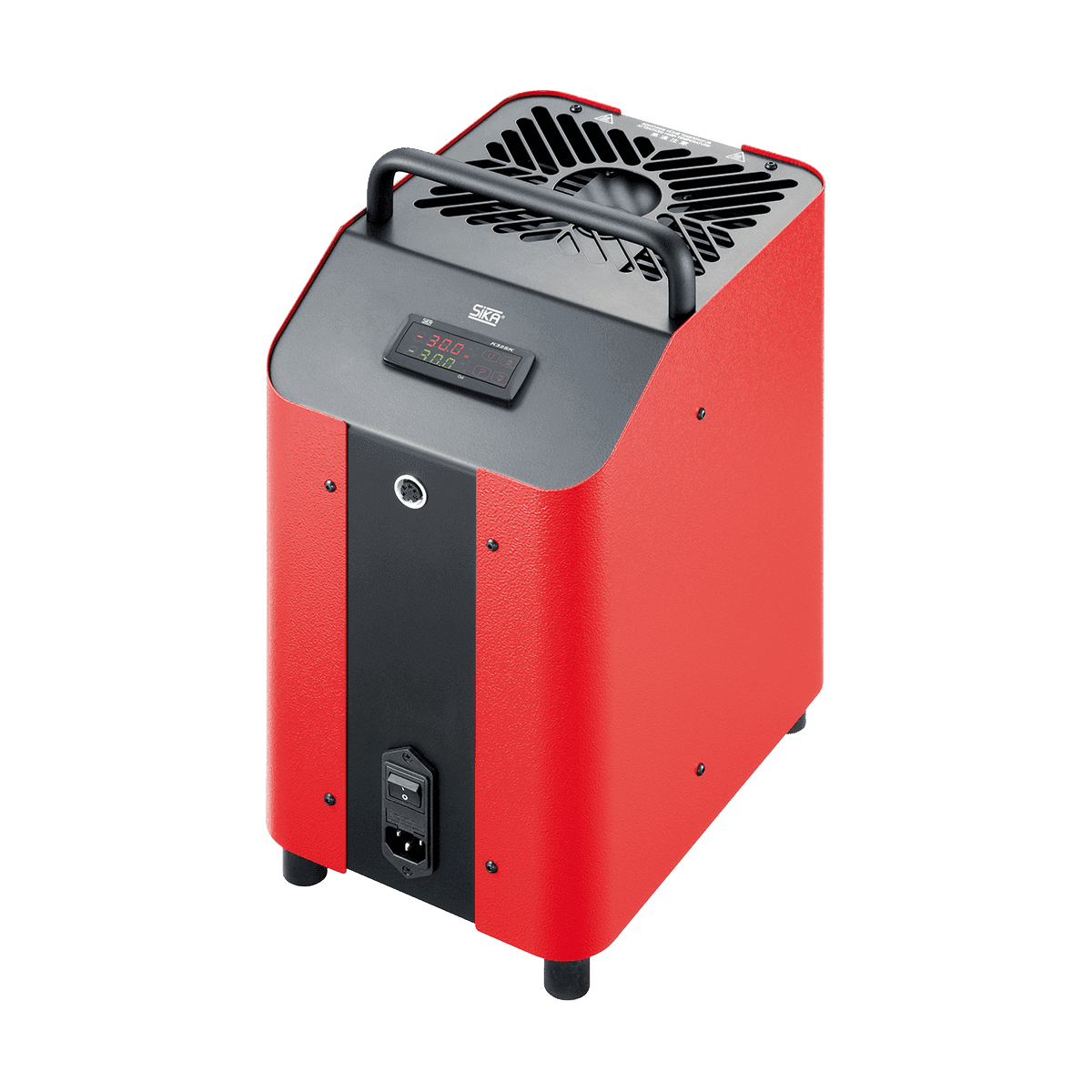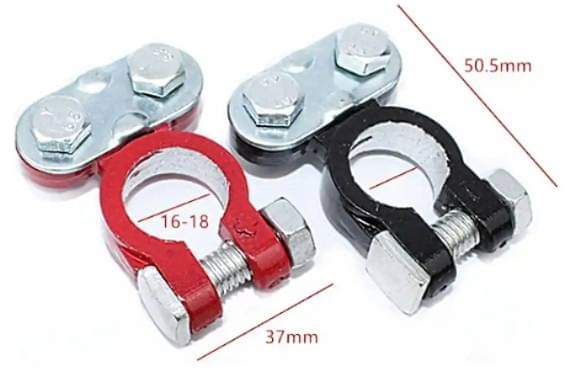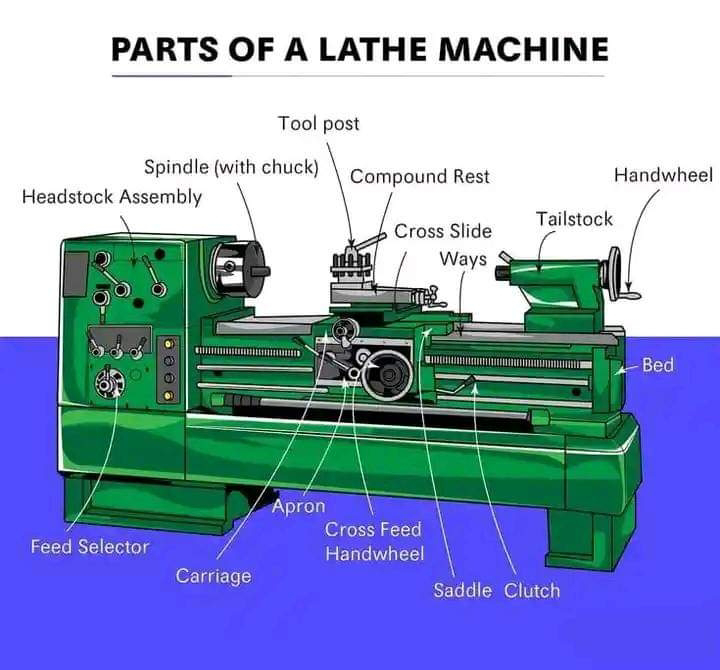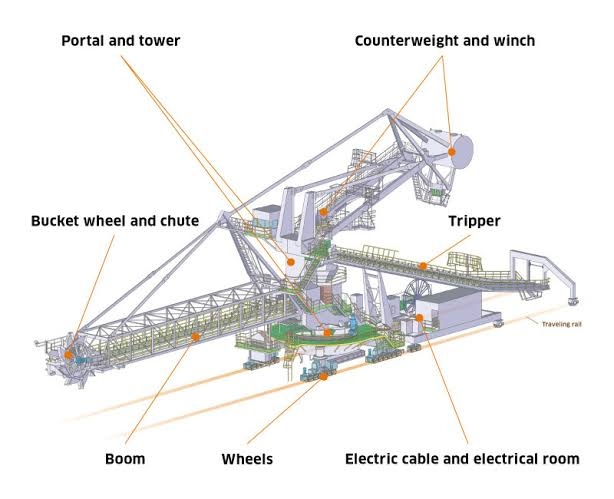Search This Blog
What is the pinout details of BMXNOM0200 modbus port ?
- The two RS485 lines are isolated. The isolation voltage between the two serial lines 500 V and between each isolated serial line and the backplane is up to 500V AC.
- The seven-wire RS232 and two-wire RS485 use the same female RJ45 connector. Only the signal cabling is different.
Features of Hall Effect Sensor
A Hall effect sensor is a transducer that varies its output
voltage in response to changes in magnetic field strength. Here are some key
features of Hall effect sensors:
- Magnetic
Sensitivity:
- Hall
effect sensors are sensitive to changes in magnetic fields. They can
detect both the presence and strength of a magnetic field.
- Digital
or Analog Output:
- Hall
effect sensors can provide either digital or analog output signals.
Digital sensors typically output a high or low signal, while analog
sensors produce a continuous range of output voltages.
- Contactless
Operation:
- Hall
effect sensors operate without physical contact with the measured object.
This feature is particularly useful in applications where contact might
be impractical or where minimizing wear and tear is essential.
- Wide
Operating Temperature Range:
- Many
Hall effect sensors are designed to operate over a broad temperature
range, making them suitable for use in various environmental conditions.
- Low
Power Consumption:
- Hall
effect sensors often have low power requirements, making them suitable
for battery-powered applications and energy-efficient systems.
- Fast
Response Time:
- Hall
effect sensors typically have a fast response time, enabling real-time
detection of changes in the magnetic field.
- Direction
Sensing:
- Some
Hall effect sensors can determine the direction of a magnetic field,
providing additional information about the orientation of the object
being sensed.
- Compact
Size:
- Hall
effect sensors are available in compact and lightweight designs, making
them easy to integrate into various electronic systems and devices.
- Versatility:
- Hall
effect sensors are versatile and find applications in a wide range of
industries, including automotive, consumer electronics, industrial
automation, and medical devices.
- Robustness:
- Hall
effect sensors are often designed to be robust and resistant to
environmental factors such as vibration, moisture, and electromagnetic
interference.
- Cost-Effective:
- Hall
effect sensors are generally cost-effective, contributing to their
widespread use in many applications.
- Customization
Options:
- Manufacturers
often provide options for customization, allowing users to select sensors
with specific characteristics to meet the requirements of their
applications.
Hall effect sensors are employed in various applications,
such as position sensing, speed detection, current sensing, and proximity
detection. The specific features and capabilities of a Hall effect sensor can
vary depending on the type and model chosen for a particular application.
What are the Input Output (IO) List Examples for PLC?
DIGITAL INPUTS EXAMPLE
DIGITAL OUTPUTS EXAMPLE
True Power - Earthing Specialist
- Chemical Earthing Electrode
- GI Strips
- Spike Arrestor
- ESE Lighting
- Arrestor
- Wires and Cables
- Transformer
- Geyser
- Solar Structure
- Ceiling Fan
HPL Electric and Power Limited Products
- Meters
- Modular Switches
- Switchgear
- Wire & Cables
- Lighting
- Solar
INOVANCE
- AC Drives - Low Voltage
- Medium Voltage AC Drives
- Industry Tailored products
- Servo drives and Motors
- PLC & HMI;s
- Motion Controllers & I/O Modules
- CNC Solutions for Machine Tools
- Elevator and escalator Solutions
- Industrial Robots
ELGI - For Compressed Air Solutions
- Oil Free Compressor
- Oil Lubricated Compressor
- Rotary Screw Compressor
- Reciprocating Compressor
Red Lion for Network and data related Products
- Controllers and Data Acquisition
- Secure Remote Access Platform
- Sensors and process control
- Ethernet Solutions
- Communication Converters
- HMI and Panel Meters
Hema Electrical Products
 |
| Hema Electrical, Chembur |
- Servo stabilizer
- Isolation Transformers
- Batteries
- Home and Lift Invertors
- Online UPS
- Solar Power Conditioning Unit (PCU)
- Solar Grid-Tie System
- Solar Uni-directional & Bi-directional Hybrid UPS
- PWM Solar Management Unit
- DG System
- Pump Controllers
Pratik Electricals - For Flameproof Equipments
- Flameproof Light Fittings
- Flameproof Control Gears
- Flameproof Junction Boxes
- Flameproof Industrial Fans
- Flameproof Instrument boxes
- Weatherproof Instruments
G and W Electric Products
- Switchgear
- Distribution reclosers and Overhead switches
- Current Limiting System Protection
- Power Grid Automation
- Distribution and Transmission Cable Accessories
- High Accuracy Sensors
Marine Equipment
Marine Equipments
1. OIL PURIFIER/SEPARATOR
2. AIR COMPRESSORS
3. AUXILLARY ENGINE - 4 STROKE ENGINE & ENGINE PARTS
4. HYDRAULIC MOTORS AND PUMPS
5. PROPULSION ENGINE -2 STROKE ENGINE PARTS
6. PROPELLER, STERN GEAR, PROPELLER SHAFT, COUPLING, GLAND HOUSING, RUBBER CUTLASS BEARING , FABRICATED
7. SMEC SHAPOLI SYSTEM
8. 2 STROKE ENGINE SPARES
9. 360 PANORAMIC HD IR
10. AIS BUOY
11. ANCHORS, ANCHOR CHAINS, & ACCESSORIES
12. APOLLO LED FLOODLIGHTS
13.AUTOPILOT
14. BARGE LIGHTS
15. BF200 HONDA OUTBOARD MOTORS
16. BRIDGE LIGHTS
17. ELECTRIC PROPULSION
18. EMERGENCY AND MEDICAL EQUIPMENTS
19. EROSION RESISTANT COATINGS FOR SEAWATER PIPINGS
20. FISH FINDER
21. FISHING WINCHES
22. GENSET
23. GMDSS EQUIPMENT
24. GPS NAVIGATOR
25. JOTRON PRODUCTS
26. KWANT CONTROLS
27. LIGHTHOUSE EQUIPMENT
28. MARINE EQUIPMENT AND SPARE PARTS
29. MARINE NAVIGATION EQUIPMENT
30. MARINE RADIO TELEPHONE
31. NAVIGATION BUVOYS
32. RADAR YONZOE
33. SHIP RUDDERPROTECTION
34. SIGNALLING AND COMMUNICATION PRODUCTS
35. SMEC BEARING WEAR MONITORING SYSTEM
36. SMEC BOILER CONTROL AND SAFETY SYSTEM
37.
C-Clamp
Temperature Calibration Bath
How does Antenna Work?
Receiving Signals
- Signals coming in reflecting off the bowl
- Focusing up through the subreflector
- Traveling down to be processing
Transmitting Signals
- Signals coming through to be transmitted
- Focused off the subreflector
- Reflected of the reflector surface to be transmitted into space.
- Radio waves are focused through the subreflector
- Radio waves are further focused through the foci and travel down the antenna
- Radio waves travel down the beam wave guide through a series of twists and turns
- Radio waves end up below the antenna where they can be processed on site




.jpg)











.jpg)




.jpg)

.png)

.png)





.jpg)
















